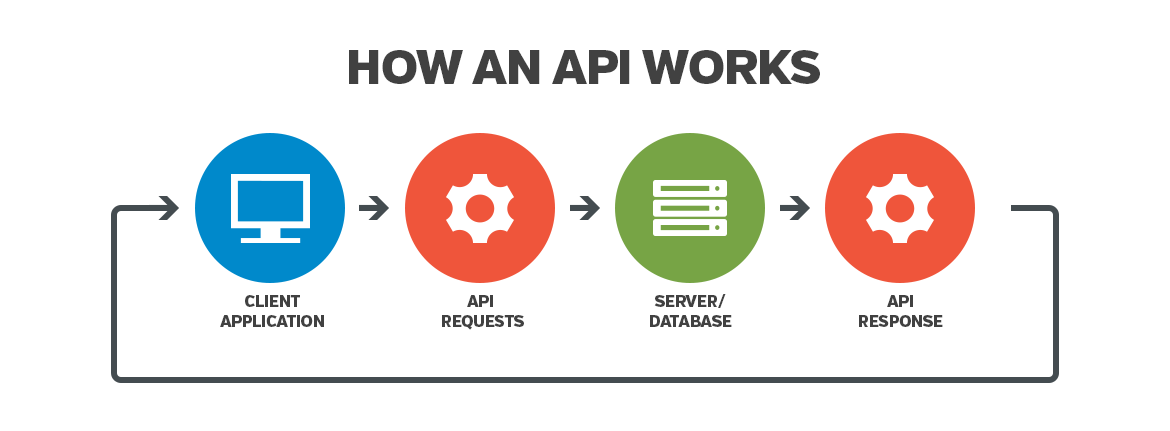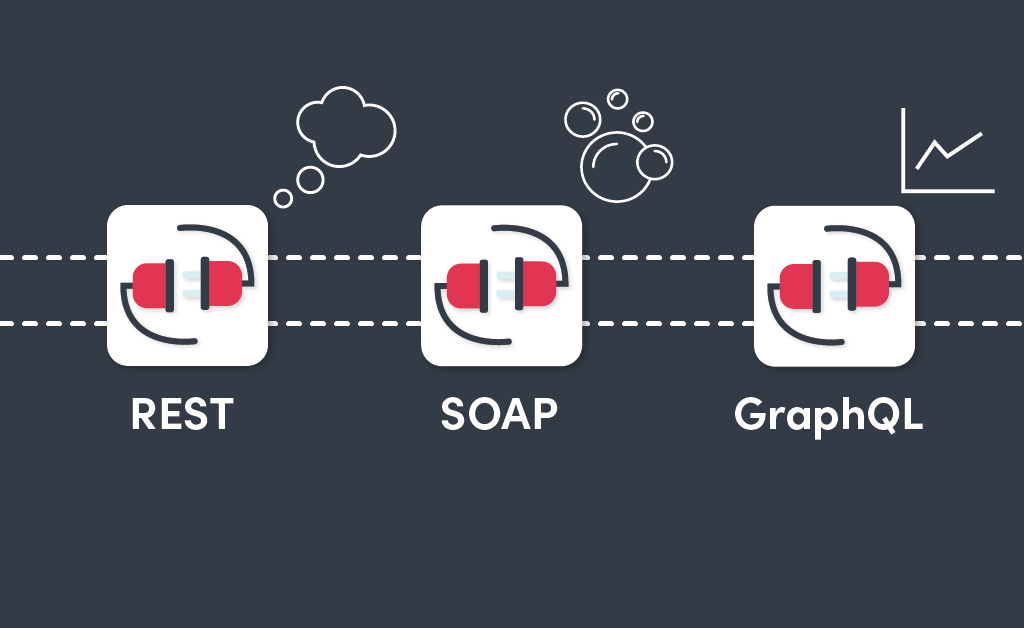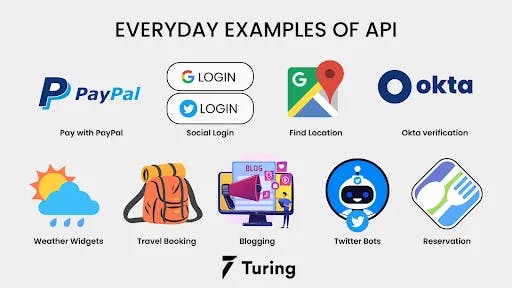How APIs Work: Connecting Applications Seamlessly
In today's digital landscape, applications seldom operate independently. They must interact with other systems, exchange data, and communicate to ensure a smooth user experience. This is where APIs (Application Programming Interfaces) become essential. APIs serve as a bridge that allows various applications to connect and collaborate seamlessly.
What is an API?

An API, or Application Programming Interface, is a collection of rules and protocols that enables one software application to communicate with another. You can think of it like a waiter in a restaurant. You (the user) tell the waiter (the API) what you would like from the kitchen (another application), and the waiter takes your order to the kitchen and brings back the response.
Key Components of an API:-
- Endpoint: The specific URL through which the API can be accessed.
- Request: The information or action you are requesting.
- Response: The data or confirmation that the API sends back.
- Authentication: Verifies that only authorized users have access to the API.
How APIs Work:-
Request Creation: A user or application initiates a request to the API via an endpoint. This is commonly achieved using HTTP methods such as GET (to retrieve data), POST (to submit data), PUT (to update data), or DELETE (to remove data).
Handling the Request: The API server gets the request and processes it. This could involve querying a database, performing calculations, or interacting with another system.
Returning the Response: After processing the request, the API sends back a response, usually in a format like JSON or XML, which includes the requested data or a confirmation.
Types of APIs:-
REST (Representational State Transfer): This is the most popular method using the standard HTTP protocols but has a very light architecture.
SOAP (Simple Object Access Protocol): This method is more structured and secure but tends to be heavier.
GraphQL: It enables clients to request only what they need, which contributes to smaller payload sizes.
Real-World Examples of APIs:-
- Social Media Integration: Publishing your Instagram post to Facebook using APIs.
- Payment Gateways: There are payment APIs (similar to PayPal or Stripe) that store handle transactions.
- Weather Apps: Retrieve current weather conditions from a weather service API.
Benefits of APIs:-
- Smooth Integration: Applications can talk without writing complex code.
- Efficiency: Saves time during development by using pre-existing functionalities.
- Scalability: Integrate new services or expand existing ones with ease.
Conclusion:-
APIs serve as the foundation of contemporary software development, allowing applications to connect, exchange data, and collaborate effortlessly. Whether you're ordering food via an app, interacting with a chatbot, or checking the weather, APIs are operating in the background to facilitate these actions. Grasping how APIs work not only benefits developers but also enables businesses to harness technology for expansion.



Comments
Post a Comment